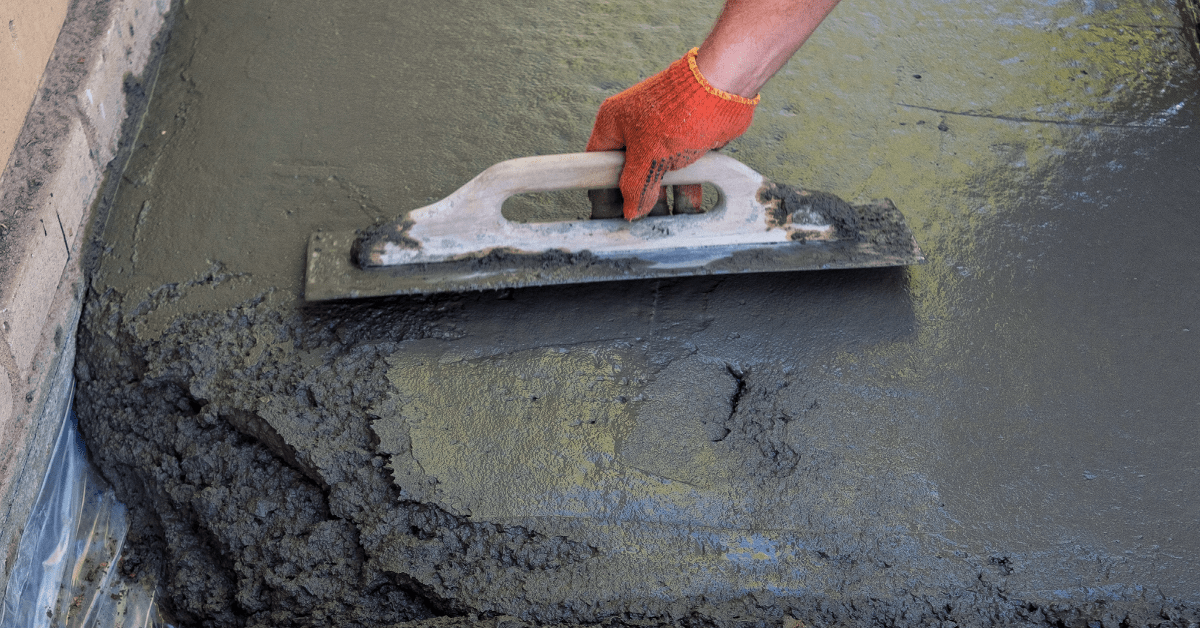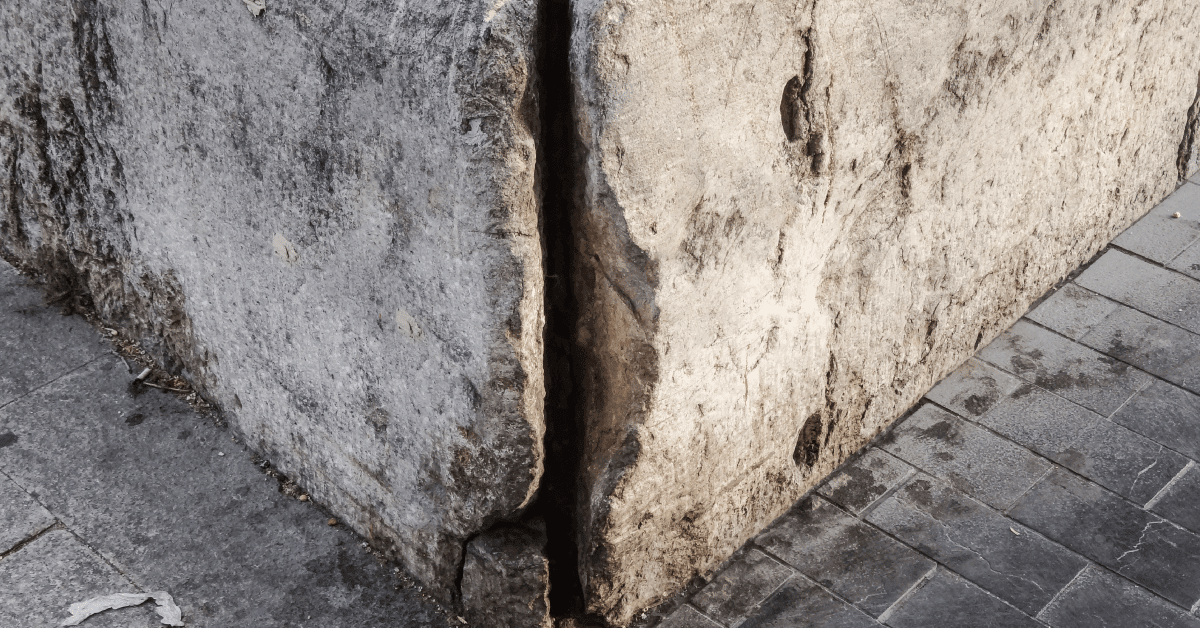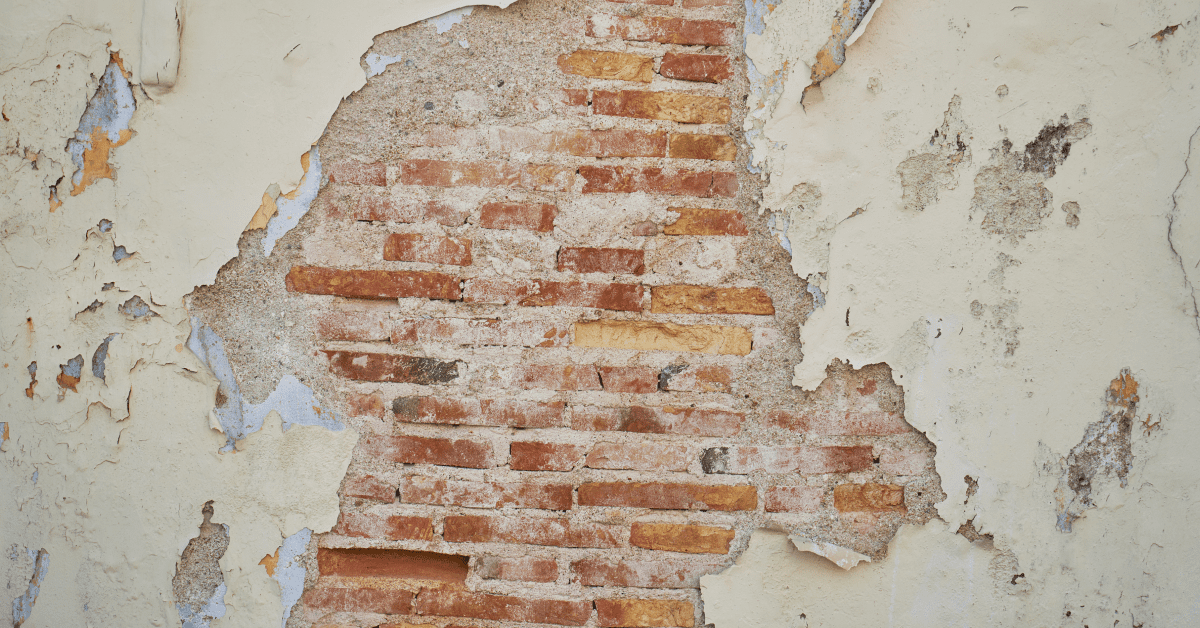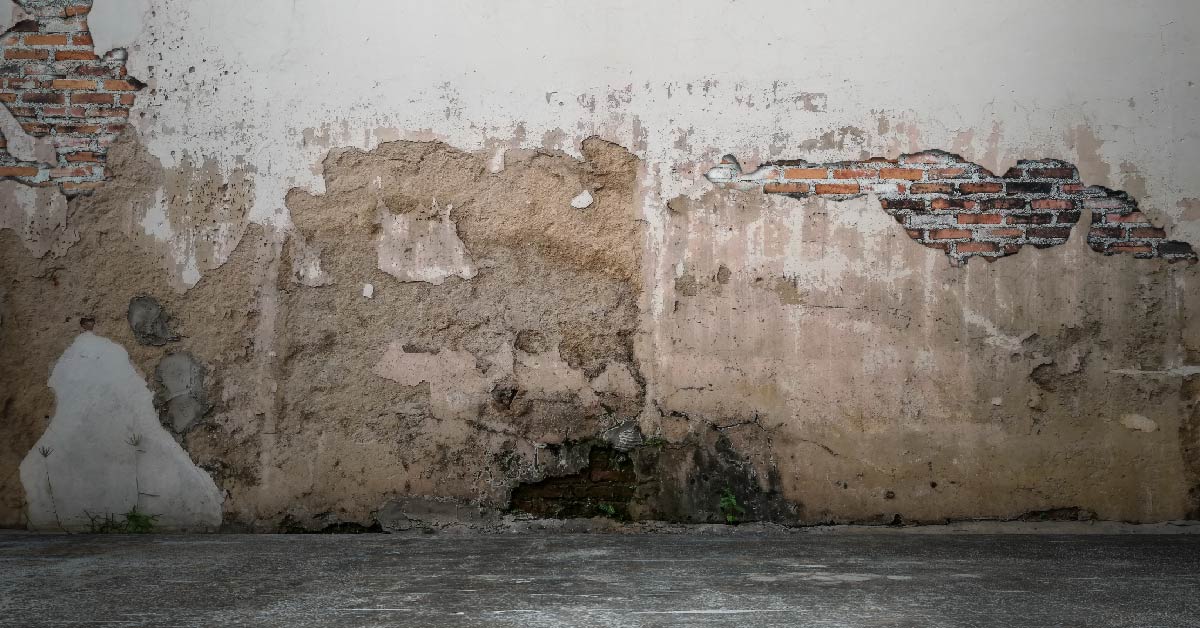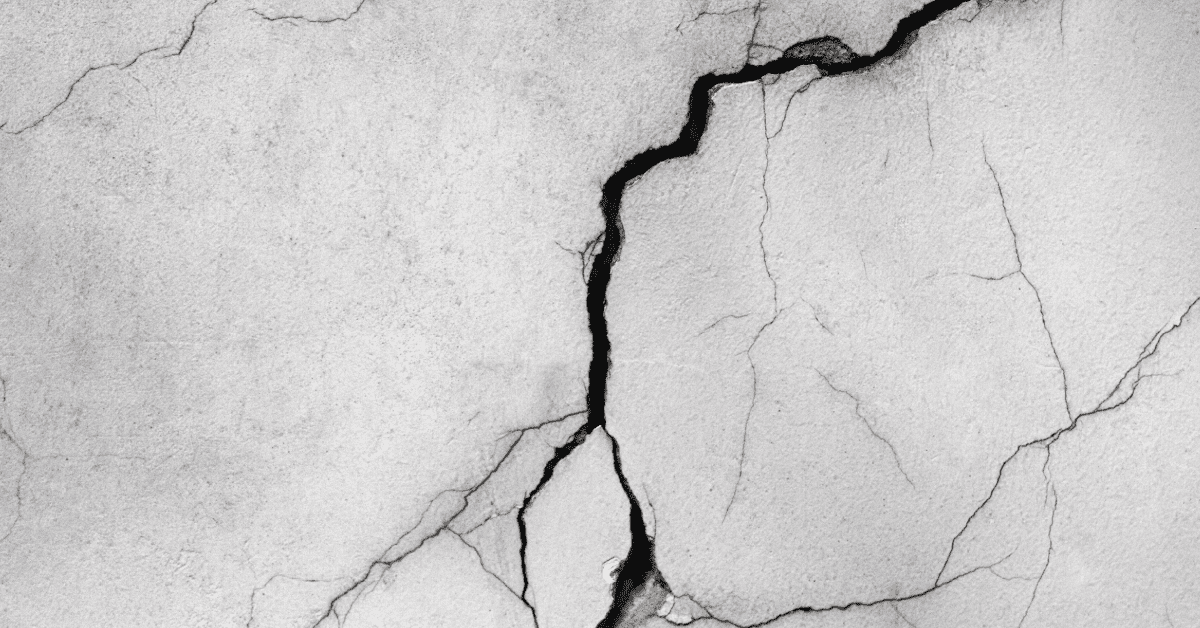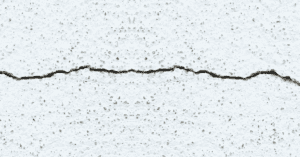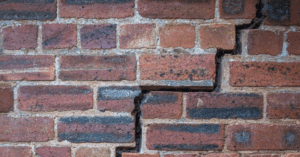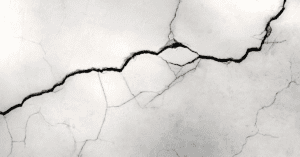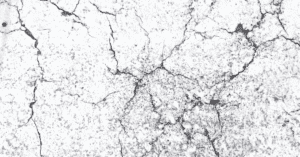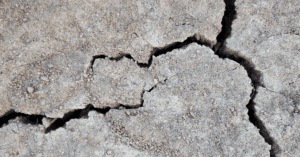The integrity and safety of your basement rely on how strongly you’ve waterproofed it. Excess moisture in your basement can lead to severe issues, including mold, structural damage, and decreased air quality. Maintaining the optimal humidity in the basement, choosing the right waterproofing materials, and using the best strategies are key to a successful waterproofing plan.
Waterproofing Strategies for Basements
Interior Sealants
Interior sealants are applied directly to the walls and floors. These include waterproof paints or concrete coatings, which block moisture from seeping into the basement. They’re easy to use and work well for new constructions and existing homes needing a quick moisture barrier.
Ideal for: Homeowners who need a straightforward, cost-effective solution for managing minor moisture issues such as condensation or slight dampness.
Exterior Waterproofing
The exterior waterproofing process starts with excavating around the house down to the foundation. A waterproof membrane is then installed along the exterior walls. Additionally, a drainage system may be incorporated to redirect water away from the foundation, ensuring long-term dryness and reducing hydrostatic pressure.
Ideal for: Properties in regions with significant rainfall, high groundwater levels, or those prone to flooding.
Drainage Systems
Critical components of a drainage system include a basement sump pump and possibly a French drain. The system collects groundwater and surface water, directing it into a basin before being pumped away from the home’s foundation. This method prevents water from accumulating and causing pressure against basement walls.
Ideal for: Basements experiencing regular water pooling, flooding during heavy rains, or in low-lying areas where water collects.
Dehumidifiers
Ideally, your basement’s humidity should be between 30% to 50%. This range helps prevent the growth of mold and mildew, which thrive in more humid conditions. A dehumidifier can help maintain these levels, ensuring a healthier and more comfortable environment.
Dehumidifiers extract excess moisture from the air, helping maintain a dry and balanced environment in your basement. They are an essential component of an integrated waterproofing system, particularly in areas where the external humidity tends to infiltrate indoor spaces. These devices can be standalone or integrated into your home’s HVAC system to provide consistent humidity control.
Installing a dehumidifier is a straightforward, energy-efficient way to enhance your basement’s air quality and comfort while protecting it against the long-term risks associated with moisture, such as structural decay and mold growth. For best performance, choose a dehumidifier with the appropriate capacity for your basement’s size and specific conditions.
Ideal for: Homeowners who experience moderate humidity levels in their basements that contribute to dampness and discomfort but do not necessarily warrant extensive waterproofing renovations. This method is great for maintaining optimal humidity conditions to prevent the growth of mold and mildew.
The Risks of DIY Basement Waterproofing and Getting Professional Help
Waterproofing your basement is important beyond just addressing the visible symptoms; it’s about securing long-term safety and functionality. While DIY solutions might seem appealing due to their immediate low costs, they often lack the comprehensiveness required to tackle the complex issues of basement moisture. Here’s why it’s essential to rely on professional expertise:
You get a complete diagnosis.
Experts bring a wealth of knowledge and specialized tools to perform an in-depth assessment of your basement. This professional evaluation goes beyond surface-level issues, uncovering potential hidden problems that might worsen over time.
Based on this thorough diagnosis, professionals can devise tailored solutions specifically designed to address the unique challenges of your home’s foundation and environmental conditions.
You gain access to advanced technologies and materials.
Professional waterproofing companies have exclusive access to high-quality, industrial-grade basement waterproofing materials and the latest technological advancements that are typically unavailable to the general public. Apart from being more effective, these materials offer greater durability against water intrusion.
Additionally, professionals are trained in current techniques and methods, ensuring your home benefits from cutting-edge solutions that promise longer-lasting protection.
You can count on long-term quality and durability.
Choosing professional help comes with the assurance of quality and durability. Professional waterproofing services often include warranties covering materials and labor, providing homeowners with peace of mind that the investment is protected.
Experts also ensure that the installation complies with local building codes and standards, which is crucial for maintaining the structural integrity of your home and could be essential if you ever decide to sell.
You avoid the common DIY pitfalls.
DIY approaches can often lead to common mistakes such as inadequate sealing, improper material use, or incomplete coverage, failing to resolve the existing issues and leading to new problems. On the other hand, professionals are adept at avoiding such pitfalls, ensuring that every aspect of the project is handled with precision and expertise.
Find the Perfect Waterproofing Solution: Get Your Free Inspection with Virginia Foundation Solutions
Determining the right basement waterproofing method requires carefully assessing your home’s needs and conditions. Knowing local soil types, weather patterns, and water table levels is crucial for homeowners in Virginia. Consulting with a professional waterproofing expert can provide personalized advice and ensure your basement remains dry and structurally sound.
Virginia Foundation Solutions offers practical solutions and drainage systems to reinforce your basement, such as the WaterGuardⓇ, a reliable, non-clogging waterproofing system, and the CarbonArmorⓇ and GeoLockⓇ systems, designed to stabilize bowing walls and mend significant cracks. Book a free basement waterproofing inspection with us today.
